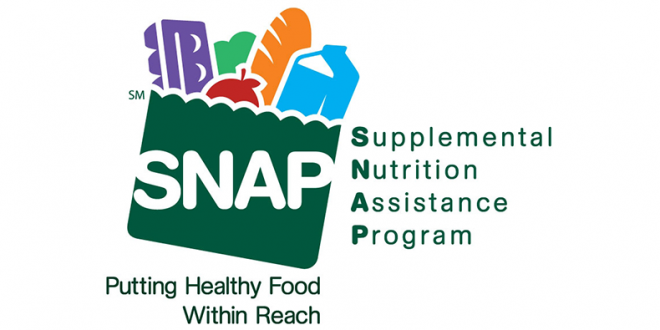By Todd Epp, Northern Plains News
(NPN) – About 4,300 South Dakota veterans and 2,200 North Dakota veterans will see their Supplemental Nutrition Assistance Program food benefits reduced Friday when the temporary increase in SNAP benefits runs out.
The Center on Budget and Policy Priorities did a state-by-state analysis of veterans living in SNAP households and released its report Monday.
According to the group’s study of past and current U.S. Census Bureau data, during any month, nearly a million veterans live in a household that relies on SNAP benefits to provide food for their families. Two states alone—Florida and Texas—each have more than 100,000 veterans who live in such households.
In the region, the group estimates South Dakota has 4,300 veterans living in SNAP households; North Dakota, 2,200; Iowa, 16,500; Minnesota, 14,700; Montana, 5,700; Nebraska 7,600; and Wyoming, 2,700.
The raw numbers for the Dakotas are on the low end compared to other states (North Dakota has the lowest number of veterans receiving SNAP benefits, and South Dakota is fourth from the bottom). The picture changes somewhat when that number is considered as a percent of the population: North Dakota is still at the low end of states with veterans receiving SNAP benefits, but South Dakota is in the middle.

The Dakotas are at the low end in terms of number of veterans receiving SNAP benefits. As a percent of population, the picture changes somewhat, with South Dakota in the middle of the nationwide picture. Note that the chart on the right is an estimate only, since different time periods are compared.
“For low-income veterans, who may be unemployed, working in low-wage jobs, or disabled, SNAP provides an essential support that enables them to purchase nutritious food for their families,” according to the CBPP. “Many veterans returning from service face challenges finding work.”
The report notes that while the overall unemployment rate for veterans is lower than the national average, the rate is higher for recent veterans at 10.1 percent in September. Further, according to the report, 25 percent of recent veterans reported service connected disabilities that can impact their ability to provide for their families.
The veterans in SNAP households tend to be younger, but their ages vary widely, according to the report. Nearly 60 percent of veterans were under age 30, while nearly 10 percent were age 60 or above.
The SNAP program is part of the Farm Bill, a new version of which Congress is attempting pass. According to the CBPP, the current House version of the bill would cut SNAP by nearly $40 billion over the next 10 years, denying benefits to nearly 4 million people in 2014 and an average of 3 million people each year over the next decade.
SNAP benefits are to decrease 7 percent on average or about $10 per person per month Friday, according to the group. The CBPP estimates the current average SNAP benefit is less than $1.40 per person per meal.
 Dakotafire Get your spark here.
Dakotafire Get your spark here.



